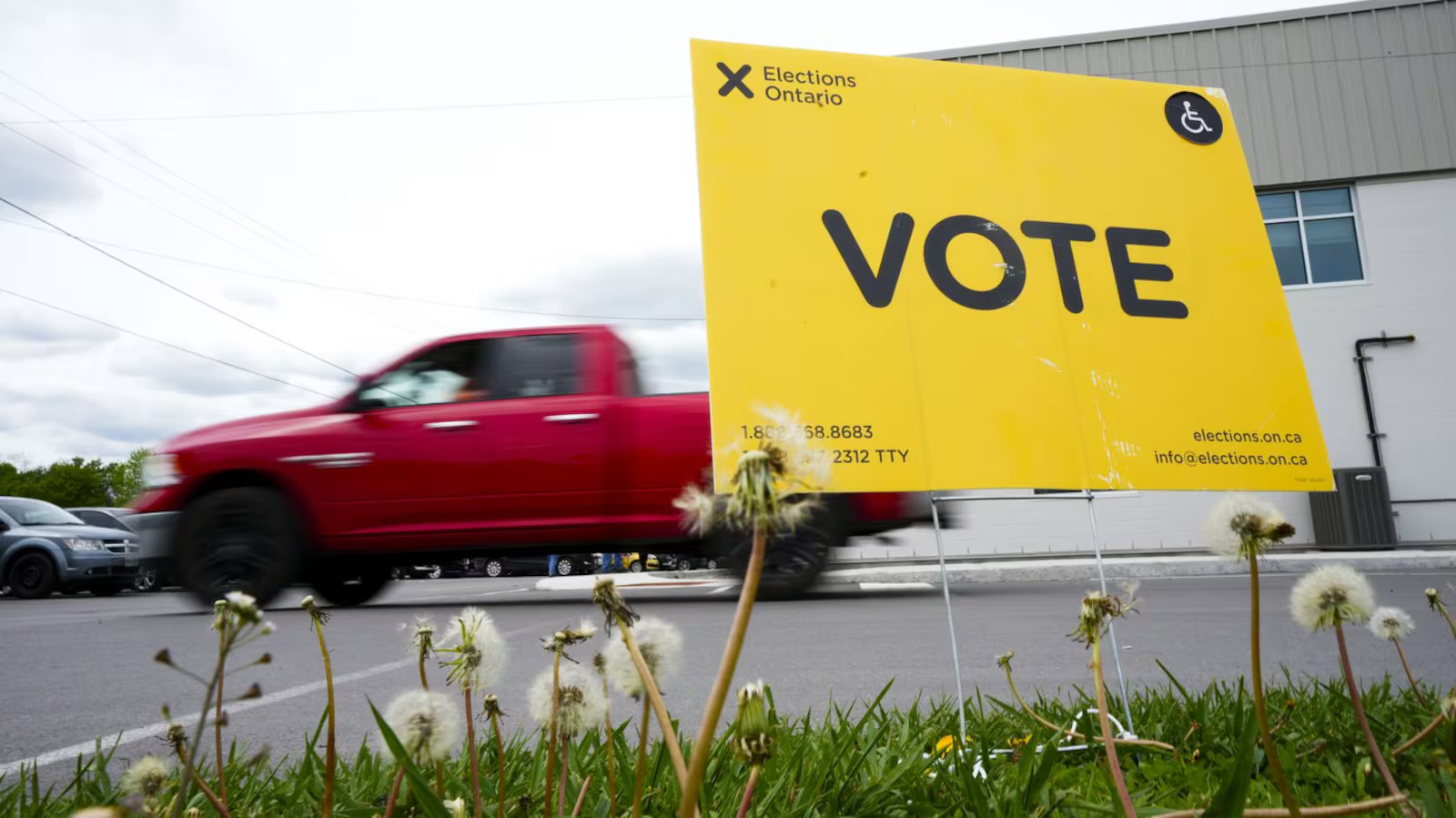The last time Ontarians went to the polls, voter participation hit an all-time low. With a snap election scheduled for February 27, experts predict turnout may remain stagnant—or even decline further.
In the June 2022 provincial election, only 44 per cent of Ontario’s 10.7 million eligible voters cast a ballot, leading to a landslide victory for Doug Ford’s Progressive Conservatives. As Ford now seeks an even larger mandate, experts suggest there’s little indication that more Ontarians will head to the polls.
1. Lack of Competition and Voter Frustration
University of Toronto political science professor Randy Besco notes that frustration, anger, and competitive races drive voter turnout. Since Ford’s party maintains strong polling numbers and lacks serious challengers, many voters may feel disengaged.
“If they’re angry and want change, they vote,” Besco explained. “Turnout is also higher when races are close and unpredictable, but that doesn’t seem to be the case here.”
2. Unexpected Snap Election
University of Windsor professor Lydia Miljan argues that Ford’s early election call, nearly 18 months ahead of schedule, caught Ontarians off guard. A short campaign in **February—when many are on vacation—**could further dampen participation.
3. Distractions at the Federal Level
With Prime Minister Justin Trudeau set to step down in March, federal politics could overshadow Ontario’s election, diverting voter attention away from provincial issues.
4. Harsh Winter Conditions
Voting in Northern Ontario could suffer if severe weather strikes on election day, Miljan suggested. However, Elections Ontario has contingency plans in place, with Chief Electoral Officer Greg Essensa assuring voters of multiple voting options, including mail-in ballots, advanced polls, and in-home voting for eligible individuals.
Besco and Miljan argue that low turnout isn’t necessarily bad. It may signal that voters are content with the status quo, and that no major issues are motivating them to vote.
“Sometimes politics is boring,” Besco remarked.
Miljan added that low turnout doesn’t equate to low engagement—it simply means people may not feel the urgency to vote.
However, Myer Siemiatycki, professor emeritus at Toronto Metropolitan University, disagrees. He warns that a participation rate below two-thirds of eligible voters is a dangerous sign for democracy.
“In my field, that’s a failing grade,” Siemiatycki said. “An embarrassing, humiliating failing grade.”
Siemiatycki suggests two possible factors that could spur higher voter turnout:
- Trump’s Trade War: If Ontarians believe U.S. President Donald Trump’s economic policies threaten Canada, they may turn out in greater numbers to elect a premier who will fight back.
- Backlash Against Early Election Call: Some voters might see Ford’s snap election as a waste of taxpayer dollars, motivating them to head to the polls in protest.

